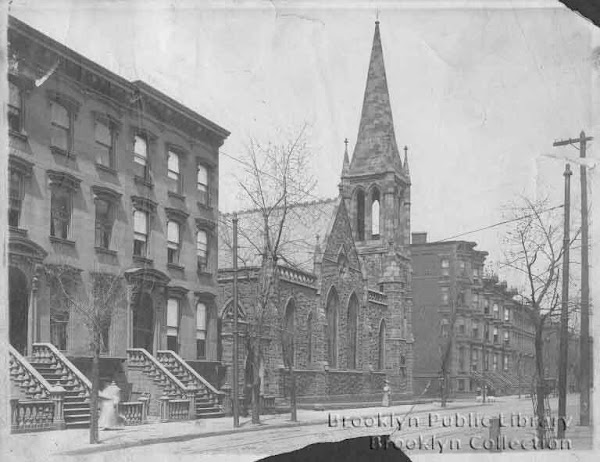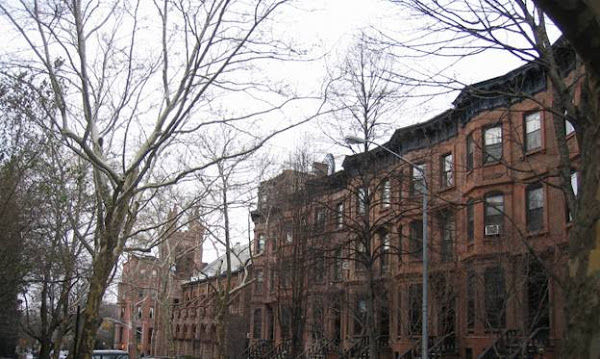Statement of the Historic Districts Council
Community Board 6 Brooklyn, Landmarks/Land Use Committee
January 4, 2010
The Historic Districts Council is the advocate for New York City’s designated historic districts, individual landmarks and structures meriting preservation. The Council is dedicated to preserving the integrity of New York City’s Landmarks Law and to furthering the preservation ethic. We thank Community Board 6 Brooklyn Landmarks/Land Use Committee for allowing us the opportunity to testify on this application.
Over the past four months we have been discussing the proposal with the St. John’s Place Block Association who first brought the matter to our attention. It is very much like proposals we have unfortunately seen from institutions in historic districts around the city, incremental additions eating up residential garden cores and permanently changing their character.
Brownstone rowhouses are an iconic piece of New York City, particularly Brooklyn. Their elegant architecture and layout that allowed 19th-century middle class families the luxury of living in private homes with easy access to city conveniences has continued to draw residents to neighborhoods like Park Slope for well over a century. As important to that sense of place the architecture creates are the spaces the rowhouses do not fill, the garden cores. As community board members are well aware, much of the sense of place of rowhouse living comes form the private backyards. Just as the ornamented street facades are the public face of the building, the rear yards are the private space of the residents. Instead of garbage trucks and delivery vans, there are gardens and barbecues. They are where you can have a conversation over a fence or, more likely, gaze peacefully into an empty sky, removed from what Jane Jacobs called “the ballet of the streets”. Both outdoor experiences, the public street and the private yard, are part of the essence of life in Park Slope. Unfortunately, the Berkley Carroll Plan will drag the public thoroughfare into the private space and adversely affect all its neighbors.
Expansion is not new to Berkley Carroll. Neighbors have endured incremental additions over the years until much of the space on the lot has been filled, both vertically and horizontally. Where and when will it end? Why not here and now? Take a step back, evaluate needs, both present and long term, and create a more holistic plan that will meet those needs while preserving the garden core, its sense of place and the quality of life it provides for residents of this block.
Subscribe to:
Post Comments (Atom)
Links
- Brooklyn Botanic Garden
- Brooklyn Heights Association
- Brooklyn Public Library
- Brownstone Revival Coalition
- Carroll Gardens Neighborhood Association
- Fort Greene Association
- Gowanus Canal Conservancy
- Historic Districts Council
- LandmarkWest!
- Municipal Art Society
- New York Landmarks Conservancy
- Pardon Me For Asking
- Park Slope Civic Council
- Park Slope Neighbors
- Pratt Center for Community Development
- Prospect Heights Neighborhood Development Council
- Save The Slope
- Society for Clinton Hill
- Trees New York








No comments:
Post a Comment